
Turbo C
1. c program print integer
This c program first inputs an integer and then prints it. Input is done using scanf function and number is printed on screen using printf.
2. c program to add two numbers
C program to add two numbers: This c language program perform the basic arithmetic operation of addition on two numbers and then prints the sum on the screen. For example if the user entered two numbers as 5, 6 then 11 ( 5 + 6 ) will be printed on the screen.
3. C program to perform addition, subtraction, multiplication and division
C program to perform basic arithmetic operations i.e. addition , subtraction, multiplication and division of two numbers. Numbers are assumed to be integers and will be entered by the user.
4. c program to reverse a number
C Program to reverse a number :- This program reverse the number entered by the user and then prints the reversed number on the screen. For example if user enter 123 as input then 321 is printed as output. In our program we use modulus(%) operator to obtain the digits of a number. To invert number look at it and write it from opposite direction or the output of code is a number obtained by writing original number from right to left. To reverse large numbers use long data type or long long data type if your compiler supports it, if you still have large numbers then use strings or other data structure.
5. c program for prime number
Prime number program in c: c program for prime number, this code prints prime numbers using c programming language. To check whether a number is prime or not see another code below. Prime number logic: a number is prime if it is divisible only by one and itself. Remember two is the only even and also the smallest prime number. First few prime numbers are 2, 3, 5, 7, 11, 13, 17....etc. Prime numbers have many applications in computer science and mathematics. A number greater than one can be factorized into prime numbers, For example 540 = 22*33*51
Exercises


